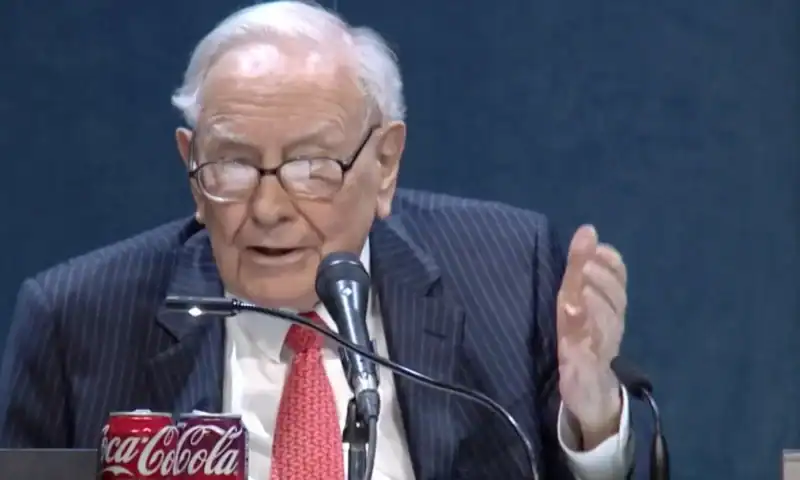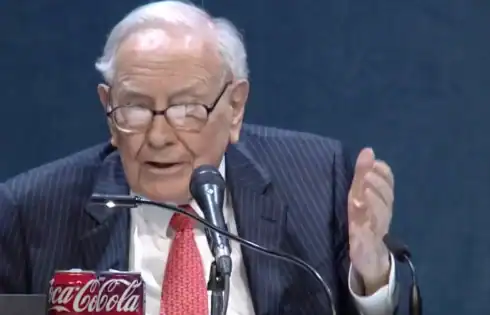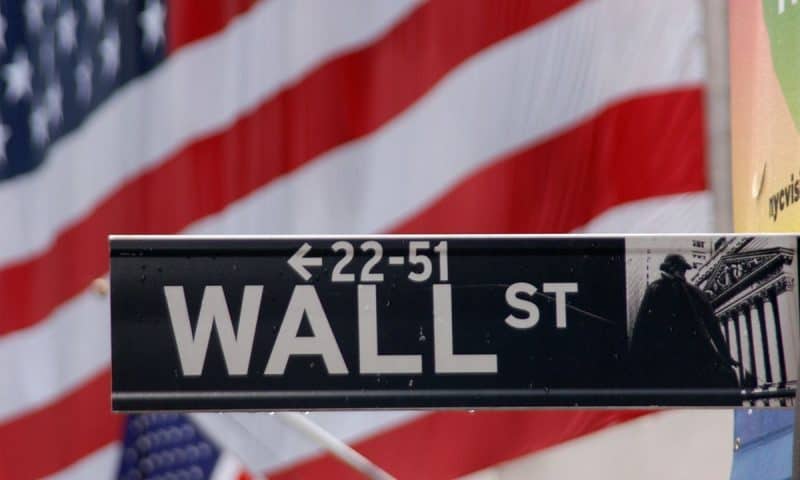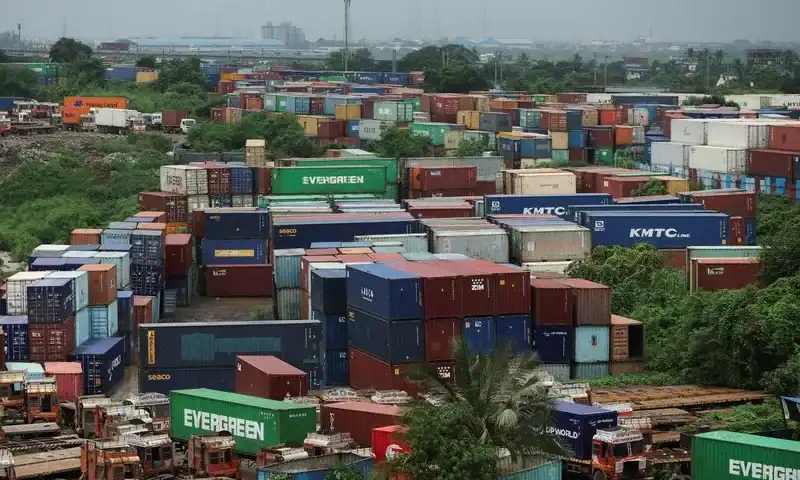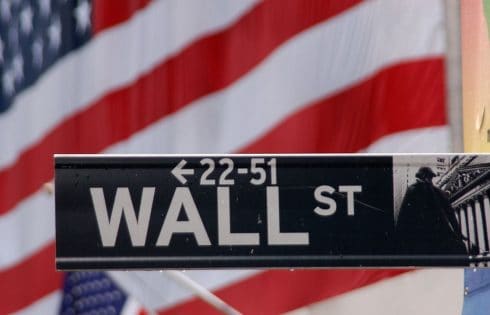
Wall Street has resumed its rise this week, on the back of a possible end to the government shutdown, at least in the short term. The first week of the month saw a selloff of almost $1 trillion in tech stocks, which comprise around 40 percent of the market value of the S&P 500 index. The downturn, in which the tech-heavy NASDAQ index fell by 3 percent, was the most significant since the market turmoil set off by President Trump’s “reciprocal tariffs” announced at the beginning of April.
As Wall Street resumes its upward momentum, at least for now, three major issues are emerging that could bring significant turmoil to the US and global financial markets. These are: when the artificial intelligence (AI) bubble will burst and what will be the consequences; the increasing role of private credit in financing riskier debt, outside the regulations that apply to banks; and the possibility of a liquidity crunch in the short-term repurchase or repo market, which plays a key role in financing trades in the US Treasury market.
Amid the warnings that massive AI investments—OpenAI has entered deals worth $1.4 trillion in computing power over the next eight years with a revenue of just $20 billion this year—will lead to a collapse, there have been reassurances that the companies funding the deals have been doing so with their own cash and they retain a strong cash flow. But that situation is changing rapidly as the demand for investment funds escalates and there is an increasing turn to debt financing.
The Financial Times (FT) reported at the beginning of the month that US companies had issued $200 billion worth of bonds since the start of the year to finance AI-related projects. Analysts predict that “the splurge will ‘flood’ the broader market and store up new debt risks for credit investors.” The chief strategist at Bank of America, Michael Hartnett, has noted that $120 billion has been raised by what are termed the AI hyperscalers: Amazon, Google, Meta, Microsoft, and Oracle. In just seven weeks, more debt will be needed.
In a note to clients last Friday, he said the “cash flow [of these companies] is insufficient to fight the AI capex arms race,” pointing out that by next year, the expected capital spending of $534 billion would comprise 80 percent of this group’s expected cash flow. The risk of financial problems is inherent in the very nature of AI development within the framework of the capitalist economy and its market relations. Large investments in infrastructure, not least the provision of massive amounts of electricity, are needed up front. But the financial benefits of AI will only start to flow over the longer term.
In the interim, rapid developments in AI technology mean that the assets in which hundreds of billions of dollars have been invested could undergo a major depreciation because superior chips or systems have been developed. That process has already been seen back in January when the Chinese firm DeepSeek developed a new chip at a lower cost than US firms. Comments by analysts reported in the FT point to this development as debt comes to play an increasing role in the AI boom.
Gil Luria, head of technology research at the investment firm DA Davidson, said companies that had committed themselves to huge projects for one company were going to have to raise “expensive capital.” The bonds issued so far had not been too expensive, but “the companies are going to need hundreds of billions of dollars more. If the markets end up investing hundreds of billions of debt in rapidly depreciating assets that may not have sufficient returns, the risk could become systemic.”
What this means is that because the amounts are so large and the companies involved play such a large role in the stock market, their problems will send a shock wave through the financial system as a whole. According to Gita Gopinath, who recently stepped down from a top post at the International Monetary Fund, a collapse of the AI bubble on the scale of the ending of the dot-com boom at the beginning of the century would inflict losses of $20 trillion in the US and $15 trillion in the rest of the world. This would be equivalent to 70 percent of US GDP and 20 percent of the rest of the world’s.
Fraser Lundie, in charge of fixed income investment at Aviva Investments, said the surge in debt issuance raised “important questions about concentration risk [and] capex sustainability,” as well as market sensitivity to interest rates because of the long duration of the bonds being sold by tech groups.
The issue of the role of private credit within the financial system has been simmering for some time but has come into greater prominence with the collapse of the auto company First Brands and the bankruptcy of the sub-prime auto finance firm Tricolor, which had both been funded from this source. These events have attracted the attention of Bank of England Governor Andrew Bailey.
Testifying before the House of Lords financial services regulation committee last month, he said following their collapse, “alarm bells” were ringing over lending by private credit markets and recalled what had led up to the 2008 global financial crisis. “We are certainly beginning to see, for instance, what used to be called slicing and dicing and tranching of loan structures going on, and if you were involved before the financial crisis then alarm bells start going off at that point.” These activities served to cover the risk inherent in the underlying assets.
Bailey said it was still an “open question” as to whether these failures were “the canary in the coal mine” and whether they pointed to “something more fundamental” in private credit markets. Sarah Breeden, deputy governor for financial stability at the BoE, told the committee: “We can see the vulnerabilities here, the opacity, the leverage, the weak underwriting standards, the interconnections. We can see parallels with the global financial crisis. What we don’t know is how macro-significant those issues are.”
It was a telling comment. It made clear that the supposed financial watchdogs, guardians, and regulators of the capitalist financial system, with all the information technology at their disposal, have no real idea if a crisis is developing and will only know when it breaks over their heads.
One of the features of the 2008 crisis was the way in which the major credit rating agencies were giving top credit ratings to packages built on inherently risky assets, not only in the sub-prime mortgage market but in other parts of the financial system. In the present conditions, that role has been taken up by the rapid growth of rating agencies outside the big three—Moody’s, S&P Global, and Fitch—enabling debt sellers to shop around for a more favourable rating.
The head of the Swiss-based global bank UBS, Com Kelleher, drew attention to this practice at a finance conference in Hong Kong earlier this month. He said insurance companies, particularly in the US, were engaging in “ratings arbitrage” similar to that carried out by banks before the 2008 crisis. The issue has also been raised in a recent analysis by the Bank for International Settlements.
Another potential source of instability, even a crisis, is the repo market. It is at the center of what is known as the basis trade under which financial investors seek to make a profit from the tiny difference in the price of Treasury futures and their present price. The futures are sold, and Treasuries are bought to meet that trade. But the difference is tiny and in order to make a real profit, it must be repeated over and over with debt.
The Treasury bond that has been purchased can be used as collateral for an ultra-short-term loan from the repo market and used to buy another bond as more futures are sold. The result, as an analysis by the FT in April showed, can be that just $10 million may, through such leverage, support as much as $1 billion of Treasury purchases. The whole operation depends on the very low interest rate in the repo market where funds are borrowed. But if that rises because of a tightening of liquidity, the whole operation can unravel.
Such an occurrence took place in September 2019 and required a major intervention by the US Federal Reserve. At its meeting last month, the Fed recognized that strains were developing in the repo market and took action to increase liquidity by announcing that as of December, it would cease its quantitative tightening program, in which it wound down its holdings of US Treasuries. It may soon become a buyer again, injecting more money into the system. That action has eased the tensions that were building up. But any sudden or unexpected development within the US or in global markets could see them rapidly develop again, such is the knife edge on which the entire financial system is presently balanced.



